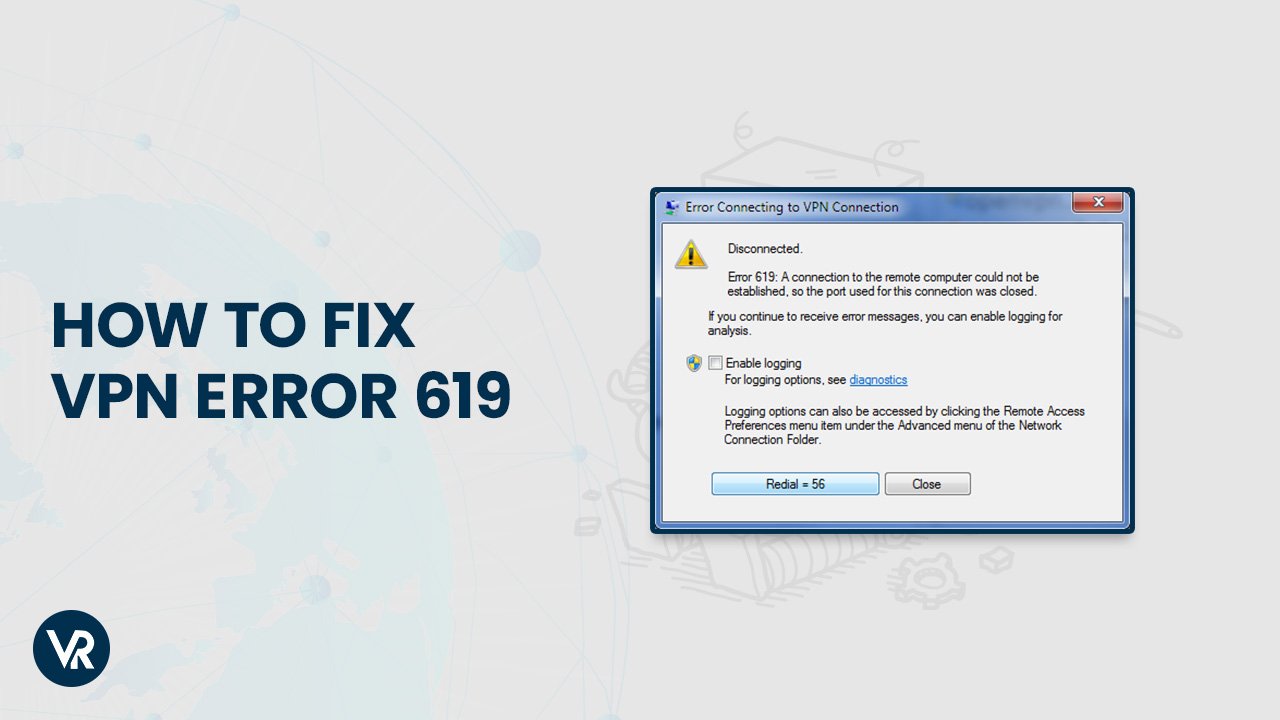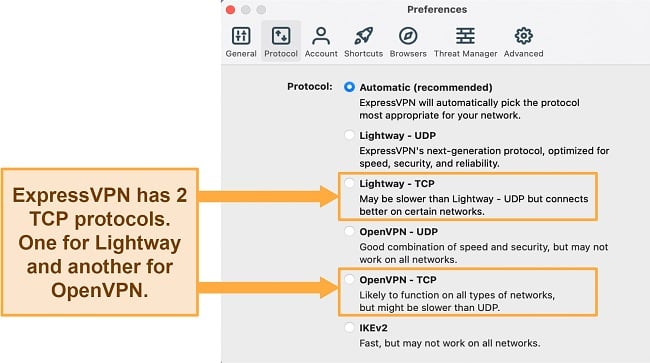Featured
Table of Contents
Troubleshooting Ipsec

The Routing and Remote Access snap-in lives within the Microsoft Management Console, known as the MMC. There are multiple methods to access the MMC. You can select the console from the Start menu's Programs alternatives, within the Administrative Tools folder within Windows server's Control Panel or by typing mmc at a command timely.
As Tech, Republic's Brandon Vigliarolo demonstrates within his video at the start of this post, the Services console displays the status of the Routing and Remote Access entry. From within the Solutions console and with the Routing and Remote Access entry highlighted, you can click Start the Service or right-click the entry and select Restart.
Sometimes the VPN client and VPN server are set to utilizing different authentication techniques. Verify whether an authentication error is the issue by opening the server console. Yet another approach of accessing the MMC is to type Control+R to open a command timely in which you can type mmc and hit Enter or click OK.
If the entry isn't present, click File, select Add/Remove Snap-in, select the Routing and Remote Access alternative from the options and click Include, then OK. With the Routing and Remote Gain access to snap-in included, right-click on the VPN server and click Residences. Evaluate the Security tab to verify the authentication technique.
Troubleshooting And Known Issues
Ensure the VPN customer is set to the authentication technique defined within the Security tab. Typically the items just reviewed are accountable for most VPN connection rejection mistakes.
IP addresses are another fundamental aspect for which administration must be properly set. Each Web-based VPN connection typically utilizes two different IP addresses for the VPN customer computer. The first IP address is the one that was designated by the customer's ISP. This is the IP address that's used to develop the preliminary TCP/IP connection to the VPN server online.

This IP address generally possesses the very same subnet as the local network and thus enables the customer to interact with the regional network. When you established the VPN server, you need to configure a DHCP server to assign addresses to customers, or you can produce a bank of IP addresses to assign to customers straight from the VPN server.

If this option is picked and the effective remote access policy is set to permit remote gain access to, the user will have the ability to connect to the VPN. I have actually been not able to re-create the scenario personally, I have actually heard reports that a bug exists in older Windows servers that can cause the connection to be accepted even if the effective remote access policy is set to deny a user's connection.
How To Troubleshoot Common Issues With Avast Secureline ...

Another typical VPN problem is that a connection is effectively established however the remote user is unable to access the network beyond the VPN server. Without a doubt, the most typical reason for this problem is that consent hasn't been given for the user to access the whole network. To permit a user to access the whole network, go to the Routing and Remote Gain access to console and right-click on the VPN server that's having the problem.
At the top of the IP tab is an Enable IP Routing check box. If this check box is made it possible for, VPN users will be able to access the rest of the network, assuming network firewall softwares and security-as-a-service settings allow. If the checkbox is not picked, these users will be able to access just the VPN server, but absolutely nothing beyond.
If a user is calling directly into the VPN server, it's usually best to configure a fixed path in between the customer and the server. You can configure a fixed route by going to the Dial In tab of the user's residential or commercial properties sheet in Active Directory Users and Computers and picking the Apply A Fixed Path check box.
Click the Add Path button and then enter the destination IP address and network mask in the area provided. The metric must be left at 1. If you're using a DHCP server to appoint IP addresses to clients, there are a couple of other issues that could trigger users not to be able to exceed the VPN server.
Forcepoint Vpn Client Connection Issues
If the DHCP server appoints the user an IP address that is currently in usage elsewhere on the network, Windows will identify the conflict and avoid the user from accessing the rest of the network. Another common issue is the user not receiving an address at all. The majority of the time, if the DHCP server can't designate the user an IP address, the connection will not make it this far.
254.x. x variety. If the customer is designated an address in a range that's not present within the system's routing tables, the user will be unable to browse the network beyond the VPN server. Other issues can add to this issue, too. Ensure the resources the user is trying to access are actually on the network to which the user is connecting.
A VPN connection to the other subnet might, in reality, be required. A firewall or security as a service option could also be to blame, so don't forget to evaluate those services' settings, if such parts are present between the VPN server and the resources the user seeks to reach.
The first possibility is that one or more of the routers included is carrying out IP packet filtering. IP package filtering could avoid IP tunnel traffic. I advise examining the customer, the server and any makers in between for IP packet filters. You can do this by clicking the Advanced button on each machine's TCP/IP Residences sheet, choosing the Options tab from the Advanced TCP/IP Settings Characteristic sheet, picking TCP/IP Filtering and clicking the Properties button.
Latest Posts
Best Business Vpn In 2023 [Ranked & Reviewed]
Best Business Vpn Options In 2023 [Keeping Smb Data ...
Best Remote Access Vpn In Usa To Work From Home